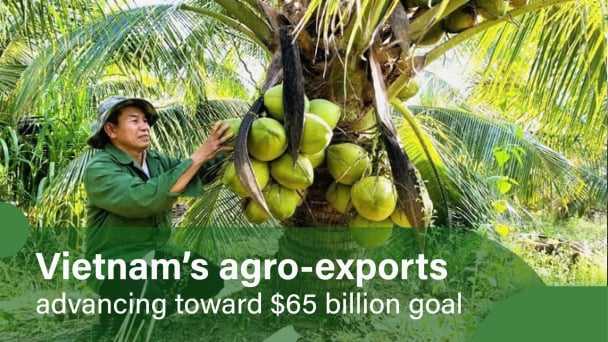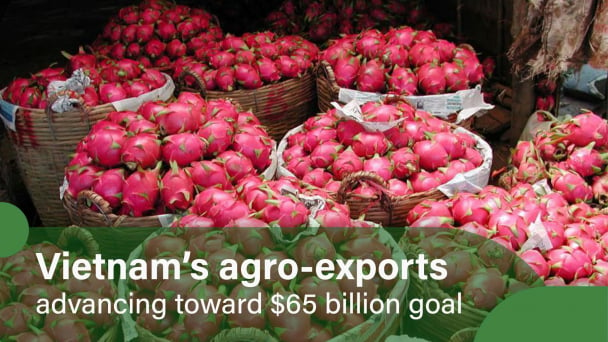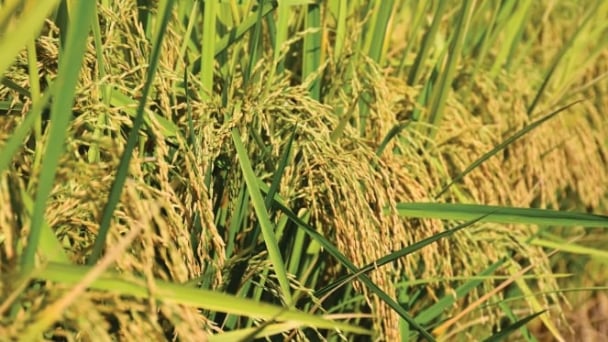September 3, 2025 | 20:04 GMT +7
September 3, 2025 | 20:04 GMT +7
Hotline: 0913.378.918
September 3, 2025 | 20:04 GMT +7
Hotline: 0913.378.918

Credit: ©SOSLAND PUBLISHING CO.
Solid export demand and a slightly bullish WASDE report meant a firmer maize (corn) market in November, taking sorghum up with it. A mixed picture left barley steady overall, while oats and rye were down. Geopolitical factors, notably the war in Ukraine, remain an issue for the market.
The International Grains Council (IGC), in its monthly Grain Market Report released on Nov. 22, said maize prices had risen by 3% in five weeks, “buoyed primarily by firmer US and South American fob values.”
“US maize futures rose by 6% overall, mainly on solid international demand, including from Mexico,” the IGC said. “Larger-than-anticipated cuts to US yield and production estimates in the November WASDE (USDA World Agricultural Supply and Demand Estimates report, released Nov. 8) were also mildly bullish.
“However, the uptrend was contained at times by seasonal harvest pressure and overspill from outside markets, including crude oil and currencies. Nearby fob values in Brazil (Paranagua) worked higher, drawing continued support from underlying solid demand from local ethanol processors. However, some weakening was evident more recently, as traders evaluated a more favorable planting outlook for the main safrinha crop.”
Markets in Argentina were “nominal at times amid limited fresh trading interest,” the IGC said, but “fob prices remained competitive,” while “in contrast to other origin markets, spot quotations in Ukraine eased on slightly softer export interest.”
The US Grains Council in its Nov. 21 Market Perspectives report pointed to launches by Ukraine of Western-made long-range missiles at targets in Russia, which triggered a rally in CBOT maize.
The IGC noted little change in barley prices, with “declines in the EU and Australia broadly balanced by gains in the Black Sea region.” French dollar-denominated export prices eased, “mostly reflecting muted buying interest, including from China,” while “values in Russia rose, likely on slow producer selling.”
Despite a drop in basis levels, US Gulf sorghum prices rose on the back of firmer maize (corn) futures, the IGC added.
“Gains in export premiums and strength in Chicago lifted export quotations in Argentina,” it said, noting that “values in Australia also firmed.”
“The US oats spot (December) futures contract declined by 9% month on month, mainly on losses in wheat,” the IGC said. “Despite some seasonal pressure, cash values in Australia (Kwinana) rose,” while “quotations in the EU (Finland) dropped on subdued buying interest.”
“Despite tight availabilities, physical rye values in the EU (Germany) declined, likely on subdued demand from the domestic milling industry,” the IGC said. “Nominal prices in Russia rose.”
The European Confederation of Maize Production (CEPM) has warned of the effect of the trade deal being negotiated between the EU and the South American Mercosur group of countries. Pointing out that 25% of EU maize consumption is imported, CEPM said that if the deal is signed, “this ratio is expected to rise, with one in three tonnes of maize being imported.”
“The EU in 2032 could lose 600,000 hectares of maize-sown land, while Brazil would gain 3.8 million,” the France-based group said. “The decline would also be significant for ethanol, with the draft agreement granting Mercosur an export quota of 650,000 tonnes, equivalent to a loss of 235,000 hectares for the European Union.”
CEPM said that for it to accept the deal, measures would be needed to ensure that maize imported from Mercosur had not been treated with substances banned in the EU. It said it also wants the Cerrado savannah zones added to the list of ecosystems covered by the European regulation on combating imported deforestation.
(WG)

(VAN) The gap between farmgate and international retail prices shows the potential for Vietnam coconuts to increase value and generate greater profits.

(VAN) In the first 6 months of the year, Lam Dong’s dragon fruit exports recorded impressive growth. However, tightening market standards require changes from both farmers and businesses.

(VAN) Several factors have converged to make 2025 a difficult year for rice farmers and their industry allies.
(VAN) This year, cassava export prices have fallen sharply due to an abundant supply. However, exports of cassava and cassava products have increased significantly, offsetting the decline in prices.
(VAN) The key durian growing area of Central Highlands has implemented various solutions to improve durian quality, aiming for sustainable exports, brand building, and international market expansion.

(VAN) Following the successful shipment of fresh lychees to the U.S., Vietnam MAE will support Dragonberry Produce in expanding exports of Vietnamese passion fruit and guava.
/2025/08/27/3952-2-212535_479.jpg)
(VAN) At this time, durian, longan, rambutan, and Thai custard apple orchards across the western districts of Gia Lai province are entering the harvest season, bringing joy and excitement to local farmers.